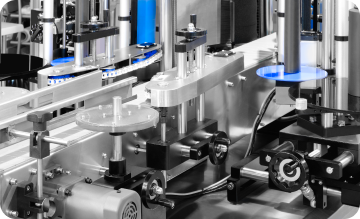Today, one of the most important elements of sustainable urban development is the improvement and development of communication networks, including highways, urban arteries, and bridges. Among these, urban vehicular bridges serve as the most crucial connecting factor in communication networks, and they must be carefully constructed and maintained. However, this aspect is often overlooked in our country.
One of the issues requiring special attention in the construction of urban vehicular bridges is the design details and correct execution of expansion joint systems. If these joints are not carefully constructed, installed, and maintained, they can cause significant, sometimes irreversible damage to the bridge structure, disrupt traffic flow, and even jeopardize safety.
Based on inspections and technical studies conducted on bridges in Tehran, the performance of the most commonly used expansion joint systems is based on the movement capability of steel plates covering a metal frame (angle iron) and the use of simple rubber expansion joints or a combination of both systems. These methods have many drawbacks and do not provide the necessary efficiency for an expansion joint system. Some of these issues include insufficient strength against vehicle loads, plate uplift due to deck vibrations, longitudinal plate distortion, separation of angle iron from the deck concrete, rigidity of the simple plate and angle iron system, lack of protective shoulders in all types of expansion joint systems, and most importantly, the lack of water-tightness, which allows water to enter and cement the expansion joint space during operation, resulting in poor performance and short service life of these systems.
The use of innovative methods to reconstruct expansion joint systems in concrete bridges in order to improve their quality and take advantage of internal capabilities, through valuable practical experiences gained during operation and field observations, is among the issues that the Tehran Municipality has prioritized. The result of this work is the preparation of the present article.
In this article, a different implementation method for the reconstruction of expansion joint systems up to 10 centimeters (small S-EXJ expansion joints) for both vehicular and pedestrian paths in reinforced concrete deck bridges is presented, based on the use of domestic rubber expansion joints.

